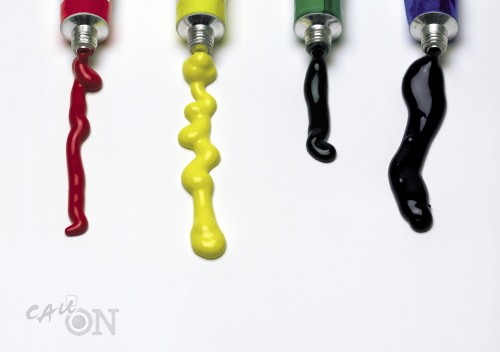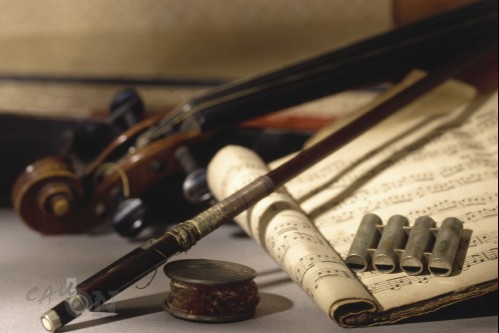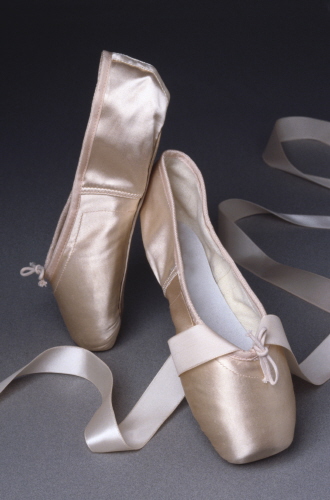
Several months ago, the people, who worried about the devastating situation of art education, intensely censured one education policy. The Ministry of Education announced that physics, music, and fine art education subjects would be graded only by a ‘3 level grading system’ and the ‘absolute evaluation system’. Many people are concerned that this system would devastate the art education state. In this month, CAH reports delves a real picture of the Korean art education in depth with following questions; why the art subjects are treated differently, why those should be worried by someone and how much the problem relate to us.
Before looking at Korea’s Art Education system, we should understand why it is necessary. Kim Jin-yup, a Professor from the Art’s Department at Hong Ik University indicated that there are ‘four values which art has’.
The Values of Art
1. Training of susceptibility and emotion
2. Diverse indirect experiences of lives
3. Cultivation of plausible, imaginative power
4. Learning a contemplative attitude to the world
People are not only ‘thinking’ creatures, but also ‘crying, laughing, angry, and loving’ ones. Art works help us to train and understand our emotions. Art shows us many different characteristics of life as well. Young people can be helped by Art works when they are forming their ideas of life. Professor Kim called it ‘a workbook of life’. On the one hand, through art works, we can meditate without thinking gain and loss in the material world. In the keen, profit-pursuing world, how peaceful it is! Thus, humanity needs to be well educated about Art.

However, the real picture of Korea’s Art Education is not that bright.
Twenty year-old Miss S, who studied fine art for 10 years (but now she has quit) had this to say about the education system of fine art in Korea. “It is too simple to explain. It starts with an order to ‘Paint!’, and ends to a similar shouted voice, ‘Submit it!’.” Thus, this is the reason why the works of students in their university entrance examinations are almost the same. She also pointed out that. “It is natural that their pictures are all alike because they are educated by only one right form method. It neglects the variety of students’ personality.” In the end, she quit studying fine art, being tired of such a one-size ‘fitting to the standard’. Her regrettable story reveals the limit of Korea’s Art Education well. She is not the only student who is frustrated with the situation.
Then, how has art education been taught to students, who do not have plans to study art in the universities? Actually, it is even worse. Students take art classes only once or twice a week. However, such a short time is actually rather long for preparing the college entrance exam. Students do not think that art subjects are important to form their character building and an education for the all people, confirming only honor students can gain much recognition. Art education in the school can not be a real art class now. To students, it is useless time and to teachers, just a conventional killing time.
In the case of dance majors, courses are incorporated into the ‘physical education’ department. Dancing communities have been demanding the separation of dance education for over 40 years, but their request has not been accepted. There is even ‘The Committee To Promotes Separation Of Dancing Education’. Kim Hwa-sook, who is a professor of Wonkwang University, said that we have to change the paradigm of art education and insist upon independence for dance classes from physical education. She added the values and contributions of ‘dance education’. “It helps to grow physically, intellectually, emotionally and socially. We can be educated synthetically by dance education, because it contributes to a ‘totality’ of all subjects.”
When it comes to ‘the polarization of art’, the problem of Korea’s art education would be a kind of extension of it. Yang Seong Deok, an international civil servant(he wanted to be a pianist once) stressed the polarization of art in this way. “There are some examples that poor and passionate people can become worldwide artists, but those are very rare cases. The ones, who have a passion and the wealth, are usually the successes more so than another, who just has passion. Many students worry about ‘the cost’, before struggling for an artistic society. Some of them give up their dream, weeping bitter tears. Even if they do not surrender, soon they are daunted by others’ luxurious careers and wealth.”
The problem of polarization is very serious in many fields of modern society. It would be even worse if this problem continued into a stagnation of culture. Mr. Yang’s assertion came across again; “A vicious circle of culture that frustrates talented people, who do not have sustainable wealth, will make ‘art’ become monopoly of the rich.”
These problems have been brought up for many years and are still left unresolved issues. Fortunately, the dawn of hope has been seen little by little recently! Watching this light, an excited CAH started to do research about some organizations and systems that are doing their best for the future of Korea’s art education.

Hope 1. More substantial education system
Third year middle school students take fine art classes with a ceramic artist. High school students attended advertisement design classes with a real designer. Those were their art subject classes in the school. The Ministry of Culture and Tourism have carried out ‘connection system of school-local community for culture and art education’. Experts of art in neighborhood are dispatched to the school and they teach students. Now, schools’ culture and art education class have been expanding by using many materials.
Hope 2. The hub of art education, ‘Korea Arts & Culture Education Service (artE)’
The ArtE was founded in 2005. It has enforced many policies about art education’s revitalization. Beginning with a publication of an art education white paper sent to talented educators, specialist cultivated by the Education Ministry, and has helped promoted the ideas by ArtE. Last July, it executed a ‘2007 art talented student camp’ for free. From October 31 to November 2, the ’07-08 Culture&Art Education Exhibition’ opened. On the homepage ‘http://arte.or.kr/’, lots of new information about art has been updated. This organization’s great activities are expected from now on as well.
Hope 3. The first national art academy, ‘Korea National University of Arts (KNUA)’
On October 6, there was a ‘Weekend Dance School: Improvised Dance’ class in KNUA. “If your turn comes, enter the space and move as you want. The next person will continue to make our work.” After explaining the process of the event, people acted very passionately, showing their individuality. Their class was never conventional or boring, but interesting. When they later discuss their movements, they became really sincere people. This atmosphere was quiet different from the one in Korean middle?high school.
KNUA has executed the ‘Weekend Art School’ project. Regardless of sex or age, anyone can enjoy art education with high-quality lectures. It is an only a part of many art education opportunities. Its ‘art talented student select system’ is the most epochal. Once selected, even middle school students can be a freshman in KNUA.
Have you seen the movie ‘The School of Rock’ or ‘Swing Girls’? If you have, you can easily remember their ‘real, big smile’ when playing the musical instruments. Their smile is the answer. Though there are many contents in above, CAH would like to conclude on a simple note. Make students enjoy ‘art’ to the fullest! That is an absolute art education.

How about other countries?
In France, the opportunity of joining art education is given to alienated-level students first. By standing on the stage, they can become more confident of living. His or her culture and art is equal to everyone.
The ‘Art education support system’ supported by the National Education Association in America has upgraded public schools’ art education. Therefore, in America, one who graduated ranked first on the list at Julliard’s School of Music or a famous band teaches students in a slum.
In Poland, professors at the College of Music coach the general public. It is a very common situation. In their education, there is no discrimination to foreigners or minorities. Because its teacher is a professor, the quality of the class is acknowledgeable, too.
By Jeong Ji-hye
Culture Reporter

